SNVS446D June 2006 – January 2016 LM1771
PRODUCTION DATA.
- 1 Features
- 2 Applications
- 3 Description
- 4 Revision History
- 5 Pin Configuration and Functions
- 6 Specifications
- 7 Detailed Description
-
8 Application and Implementation
- 8.1 Application Information
- 8.2 Typical Applications
- 9 Power Supply Recommendations
- 10Layout
- 11Device and Documentation Support
- 12Mechanical, Packaging, and Orderable Information
Package Options
Mechanical Data (Package|Pins)
Thermal pad, mechanical data (Package|Pins)
Orderable Information
6 Specifications
6.1 Absolute Maximum Ratings
See (1) (2)| MIN | MAX | UNIT | ||
|---|---|---|---|---|
| VIN | –0.3 | 6 | V | |
| EN, FB, HG, LG | –0.3 | VIN | V | |
| Junction temperature | 150 | °C | ||
| Lead temperature | Soldering, 10 sec | 260 | °C | |
| Storage temperature, Tstg | –65 | 150 | °C | |
(1) Stresses beyond those listed under Absolute Maximum Ratings may cause permanent damage to the device. These are stress ratings only, which do not imply functional operation of the device at these or any other conditions beyond those indicated under Recommended Operating Conditions. Exposure to absolute-maximum-rated conditions for extended periods may affect device reliability.
(2) If Military/Aerospace specified devices are required, please contact the Texas Instruments Sales Office/ Distributors for availability and specifications.
6.2 ESD Ratings
| VALUE | UNIT | |||
|---|---|---|---|---|
| V(ESD) | Electrostatic discharge | Human-body model (HBM), per ANSI/ESDA/JEDEC JS-001(1) | ±2000 | V |
(1) JEDEC document JEP155 states that 500-V HBM allows safe manufacturing with a standard ESD control process.
6.3 Recommended Operating Conditions
| MIN | MAX | UNIT | |
|---|---|---|---|
| VIN to GND | 2.8 | 5.5 | V |
| Junction temperature, TJ | −40 | 125 | °C |
6.4 Thermal Information
| THERMAL METRIC(1) | LM1771 | UNIT | ||
|---|---|---|---|---|
| NGG (WSON) | DGK (VSSOP) | |||
| 6 PINS | 8 PINS | |||
| RθJA | Junction-to-ambient thermal resistance | 52.8 | 169.2 | °C/W |
| RθJC(top) | Junction-to-case (top) thermal resistance | 51.4 | 59.7 | °C/W |
| RθJB | Junction-to-board thermal resistance | 27.2 | 89.3 | °C/W |
| ψJT | Junction-to-top characterization parameter | 0.7 | 7.0 | °C/W |
| ψJB | Junction-to-board characterization parameter | 27.3 | 87.9 | °C/W |
| RθJC(bot) | Junction-to-case (bottom) thermal resistance | 7.4 | N/A | °C/W |
(1) For more information about traditional and new thermal metrics, see the Semiconductor and IC Package Thermal Metrics application report, SPRA953.
6.5 Electrical Characteristics
Specifications are for TJ = 25°C. All maximum and minimum limits apply over the full junction temperature range (−40°C to +125°C), unless otherwise specified. Minimum and maximum limits are ensured through test, design or statistical correlation. Typical values represent the most likely parametric norm at TJ = 25°C and are provided for reference purposes only. Unless otherwise specified, VIN = 3.3 V.| PARAMETER | TEST CONDITIONS | MIN | TYP | MAX | UNIT | |
|---|---|---|---|---|---|---|
| VFB | Feedback pin voltage | 0.782 | 0.8 | 0.818 | V | |
| IQ | Quiescent current | VFB = 0.9 V | 400 | 700 | µA | |
| TON | Switch ON-time | LM1771S - (500 ns) | 0.4 | 0.5 | 0.6 | µs |
| LM1771T - (1000 ns) | 0.8 | 1 | 1.2 | |||
| LM1771U - (2000 ns) | 1.6 | 2 | 2.4 | |||
| TOFF_MIN | Minimum OFF-time | LM1771S - (500 ns) | 150 | 250 | ns | |
| LM1771T - (1000 ns) | 135 | 225 | ||||
| LM1771U - (2000 ns) | 120 | 220 | ||||
| TD | Gate drive dead-time | 70 | ns | |||
| VIH_EN | EN pin rising threshold | 1.15 | 1.2 | 1.25 | V | |
| VEN_HYS | EN pin hysteresis | 50 | 200 | mV | ||
| IFB | Feedback pin bias current | VFB = 0.9 V | 50 | nA | ||
| VUVLO | Undervoltage lockout | VIN Rising Edge | 2.65 | 2.8 | V | |
| VUVLO_HYS | Undervoltage lockout hysteresis | 50 | mV | |||
| VSC_TH | Feedback pin short circuit latch threshold | 0.42 | 0.55 | 0.65 | V | |
| RDS(ON) 1 | HG FET driver pullup ON-resistance | IHG = 20 mA | 4 | Ω | ||
| RDS(ON) 2 | HG FET driver pulldown ON-resistance | IHG = 20 mA | 6 | Ω | ||
| RDS(ON) 3 | LG FET driver pullup ON-resistance | ILG = 20 mA | 4 | Ω | ||
| RDS(ON) 4 | LG FET driver pulldown ON-resistance | ILG = 20 mA | 6 | Ω | ||
6.6 Typical Characteristics
All curves taken at VIN = 3.3 V with configuration in typical application circuit shown in Typical Applications. TJ = 25°C, unless otherwise specified.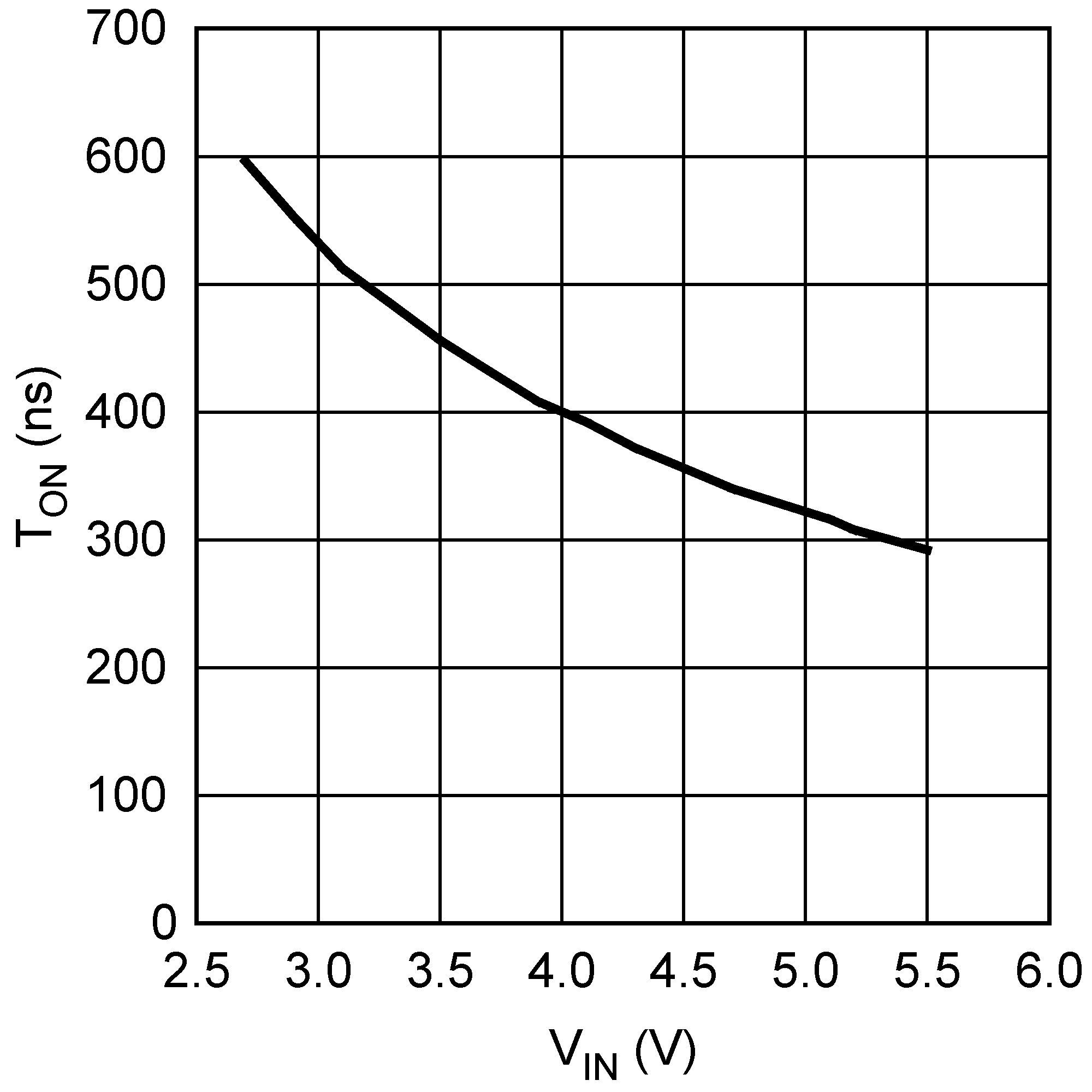 Figure 1. TON vs VIN (LM1771S)
Figure 1. TON vs VIN (LM1771S)
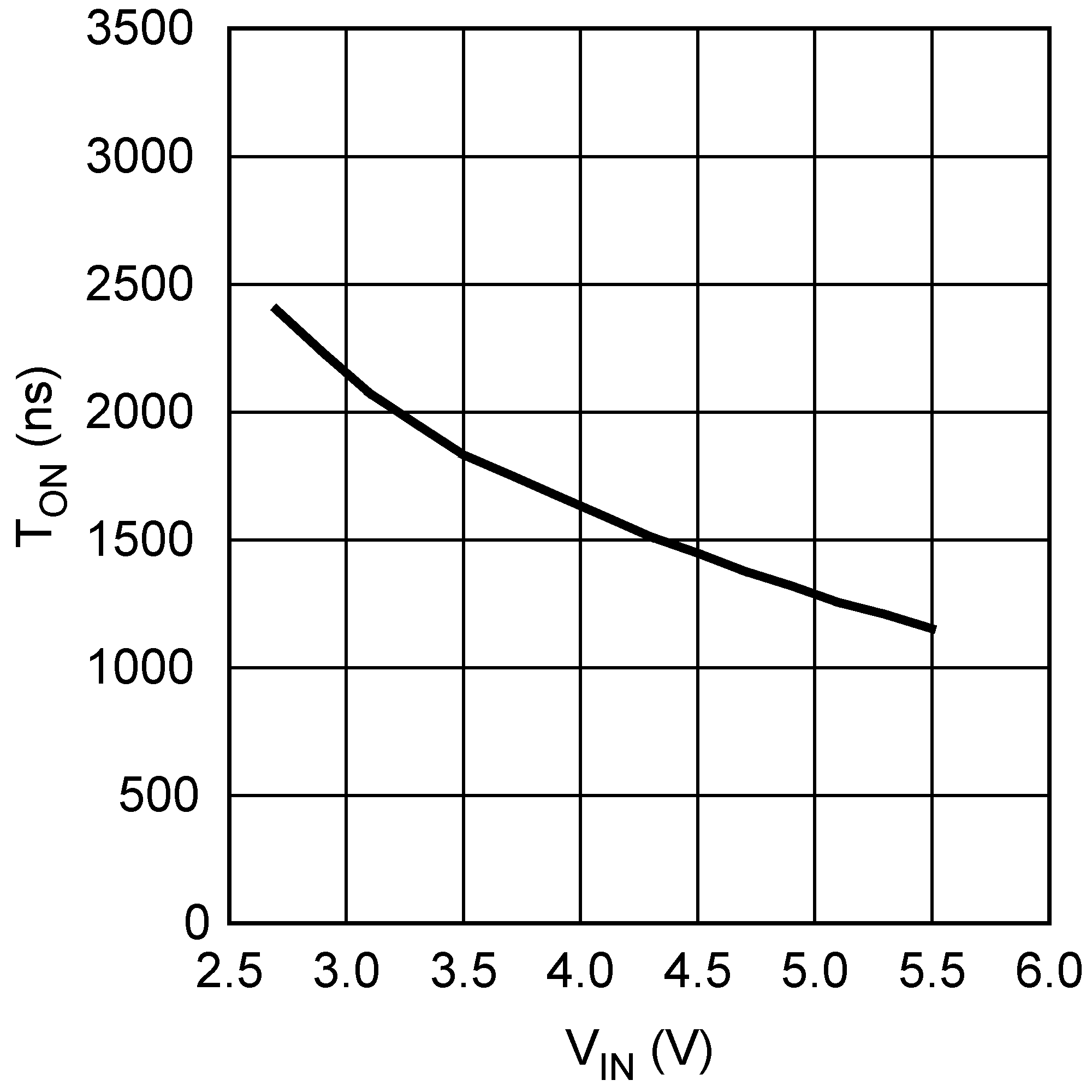 Figure 3. TON vs VIN (LM1771U)
Figure 3. TON vs VIN (LM1771U)
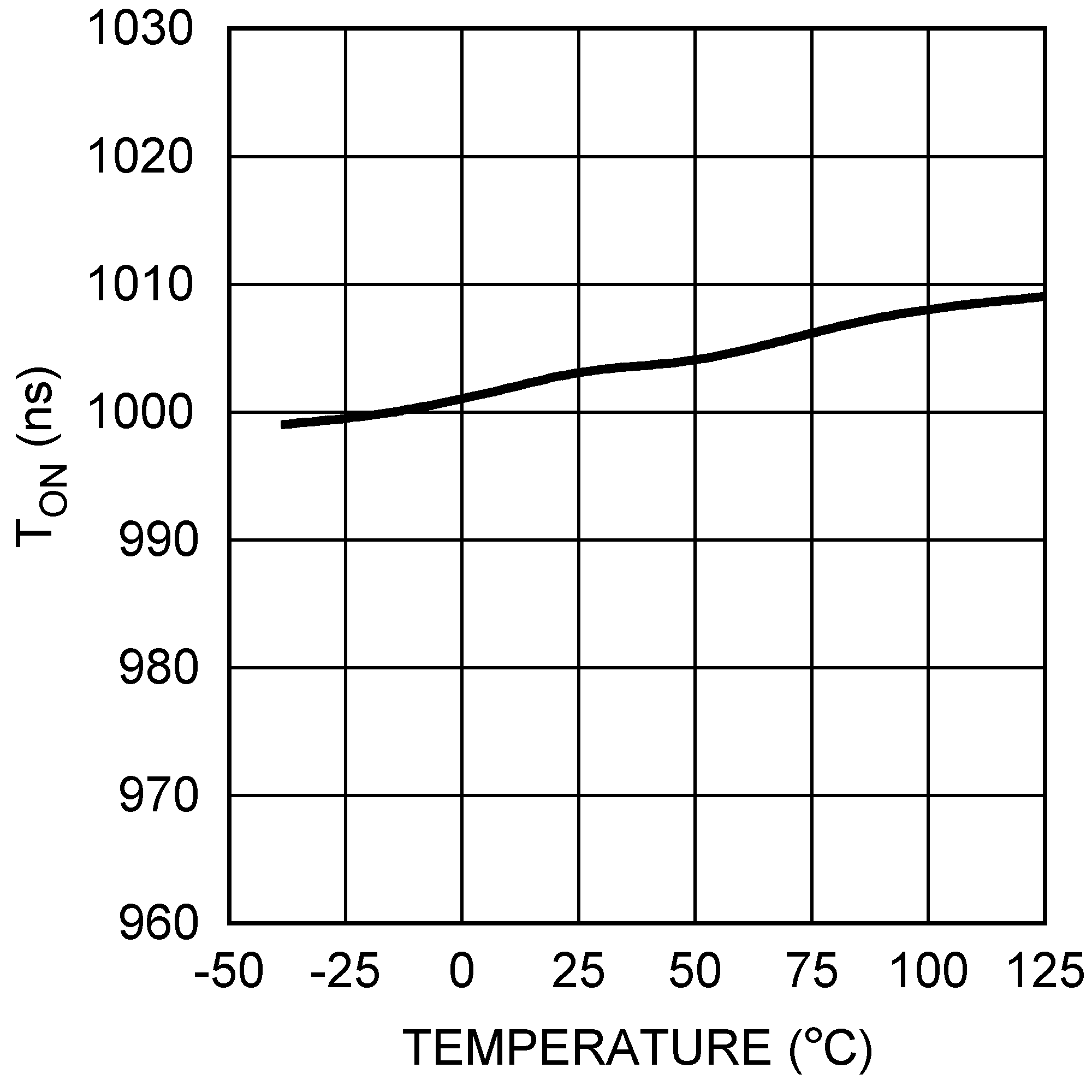 Figure 5. TON vs Temperature (LM1771T)
Figure 5. TON vs Temperature (LM1771T)
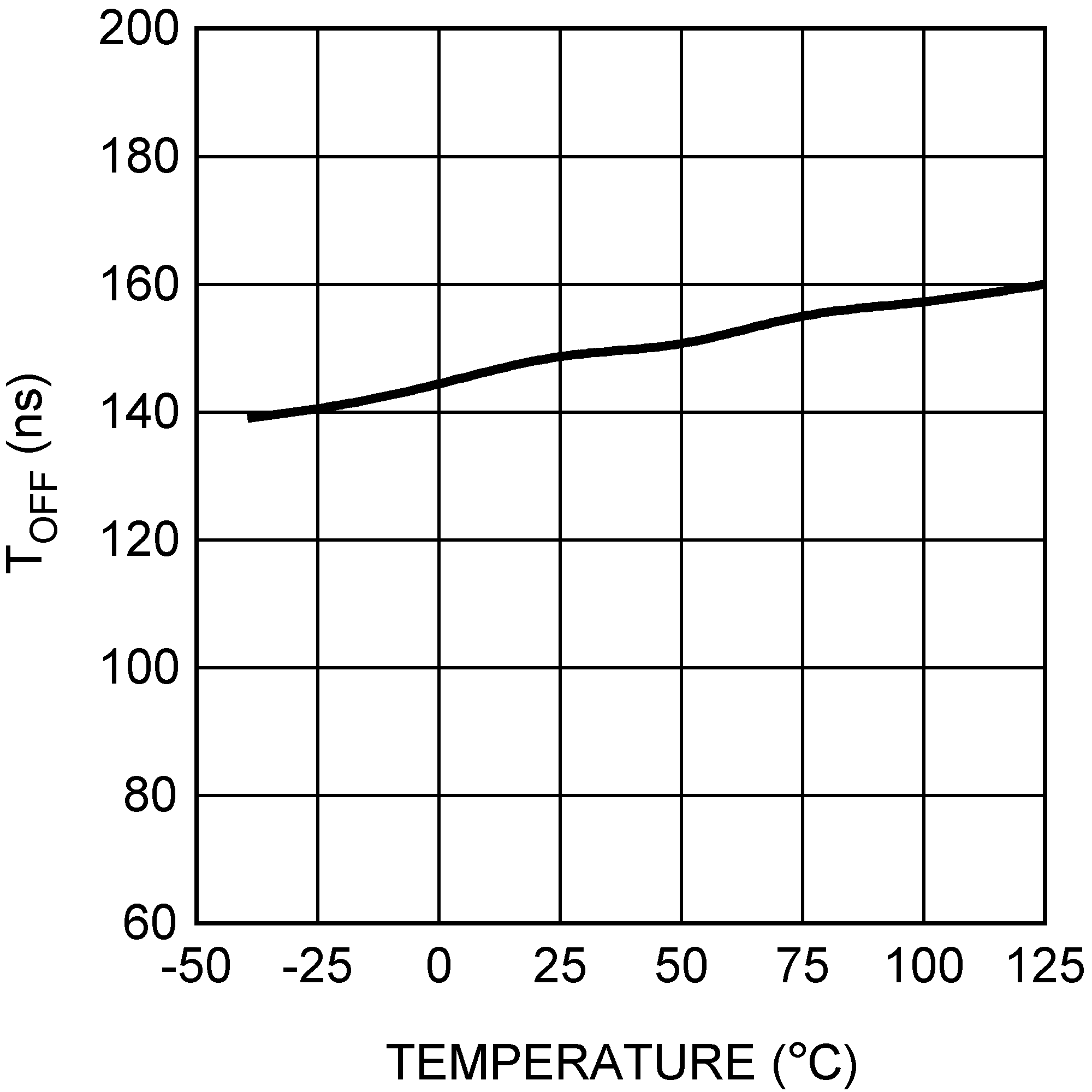 Figure 7. TOFF vs Temperature (LM1771S)
Figure 7. TOFF vs Temperature (LM1771S)
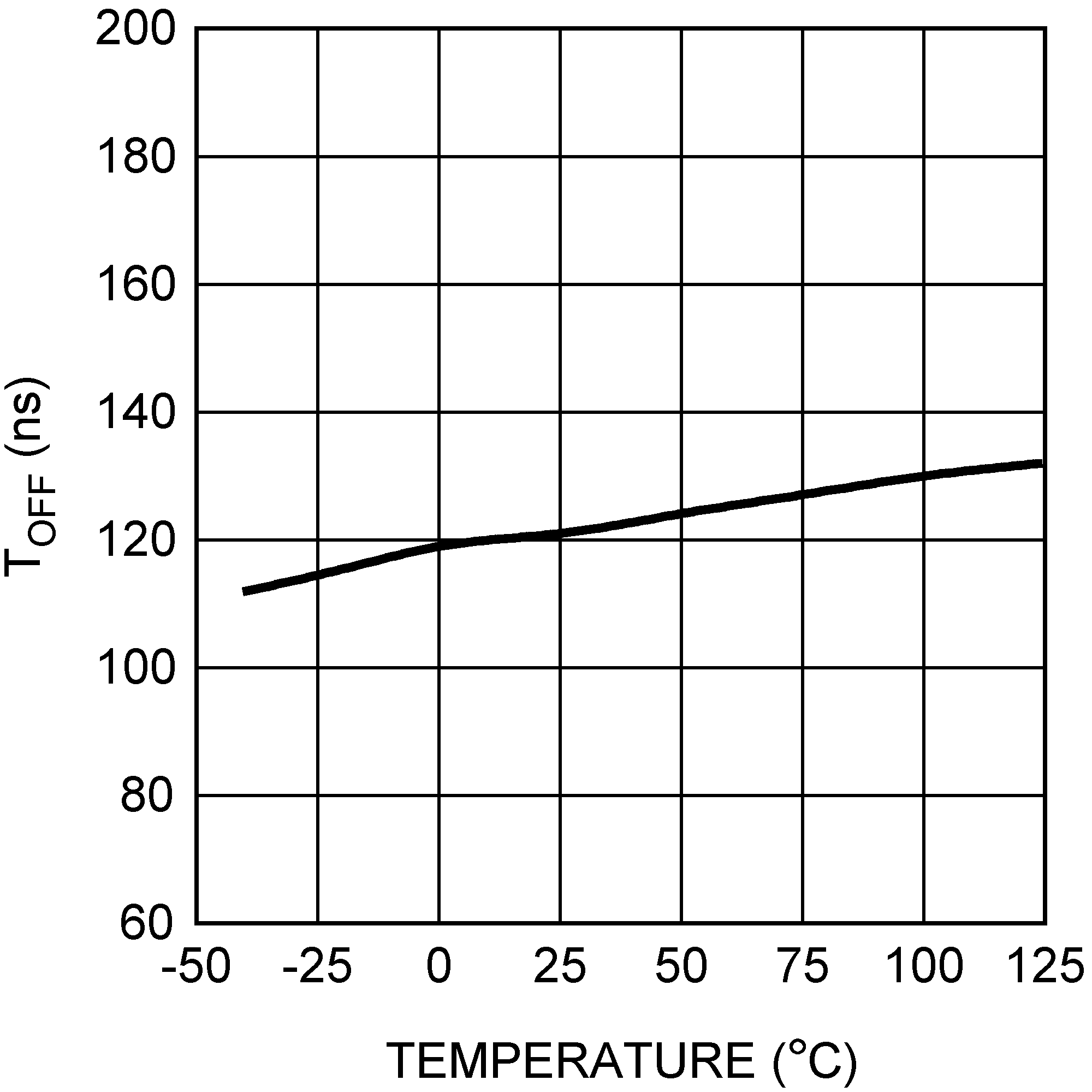 Figure 9. TOFF vs Temperature (LM1771U)
Figure 9. TOFF vs Temperature (LM1771U)
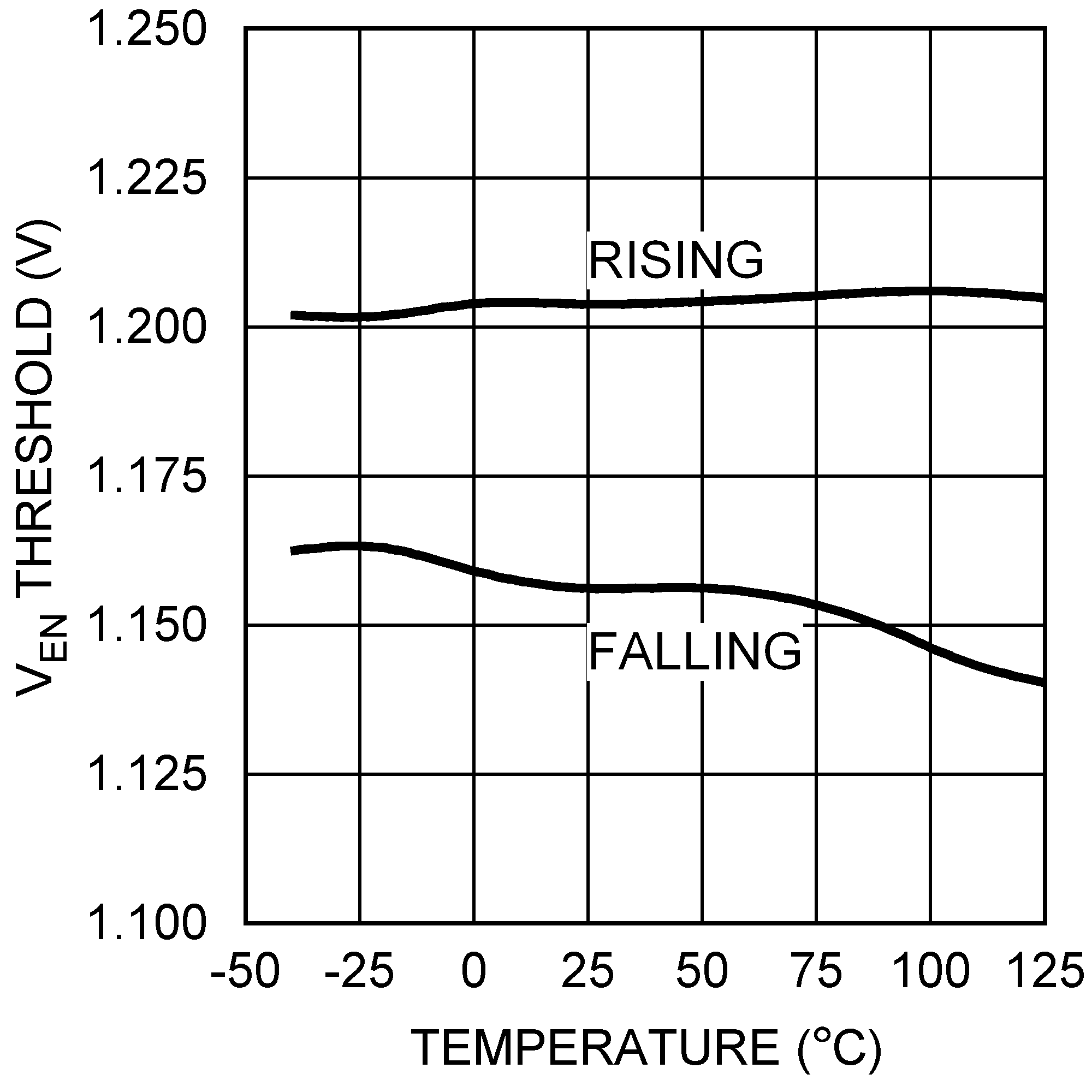 Figure 11. VEN Threshold vs Temperature
Figure 11. VEN Threshold vs Temperature
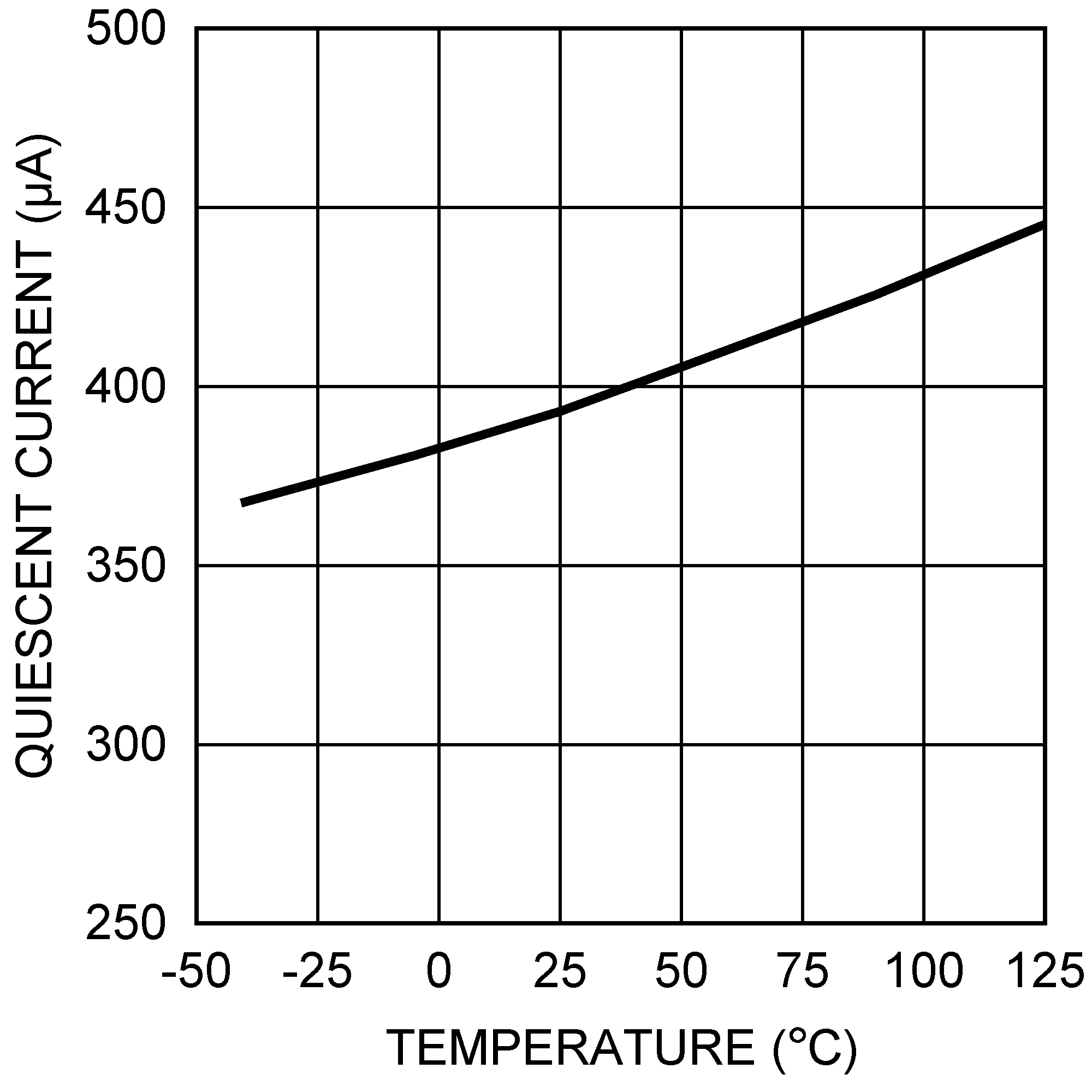 Figure 13. Quiescent Current vs Temperature
Figure 13. Quiescent Current vs Temperature
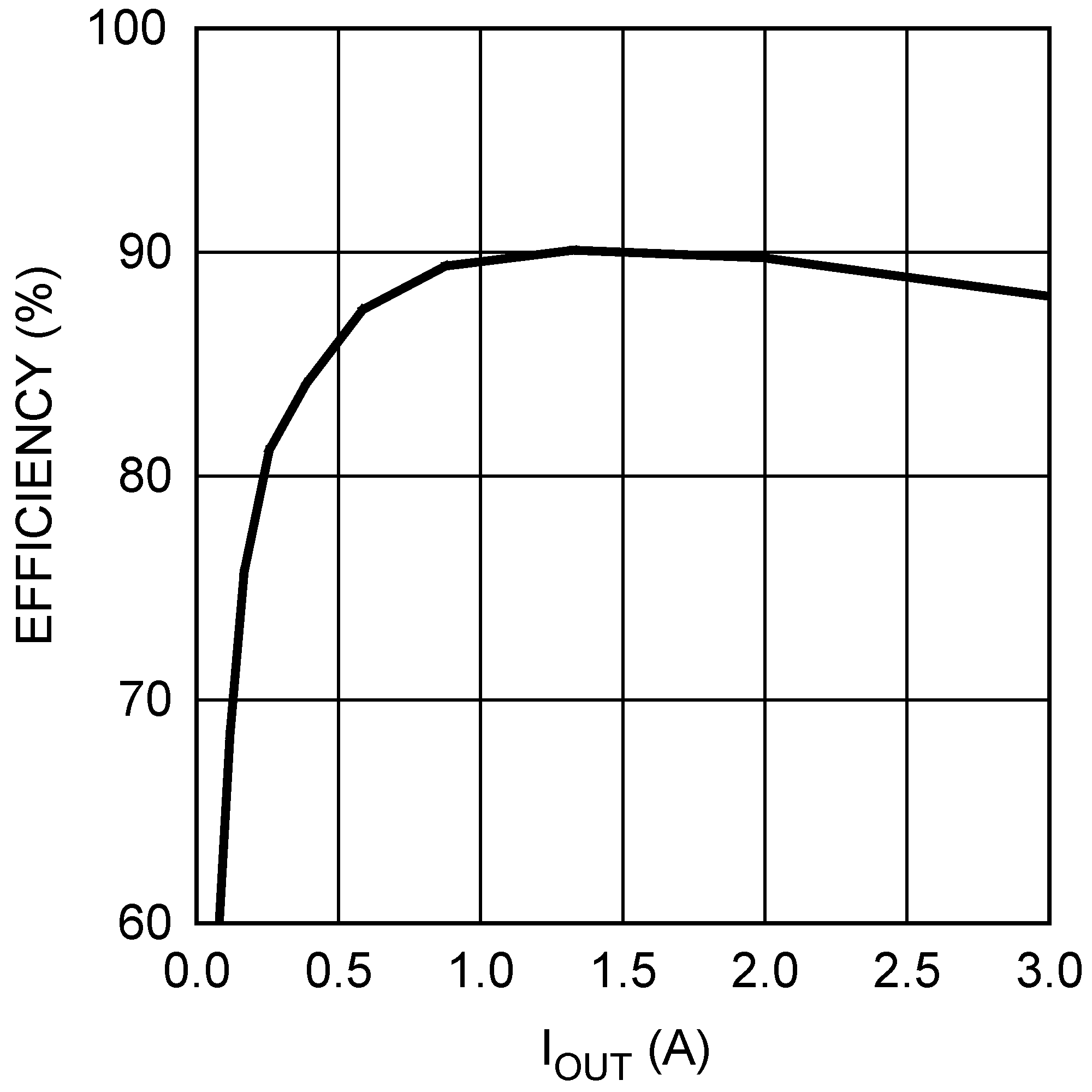
| VIN = 5 V | VOUT = 1.8 V | FSW = 545 kHz |
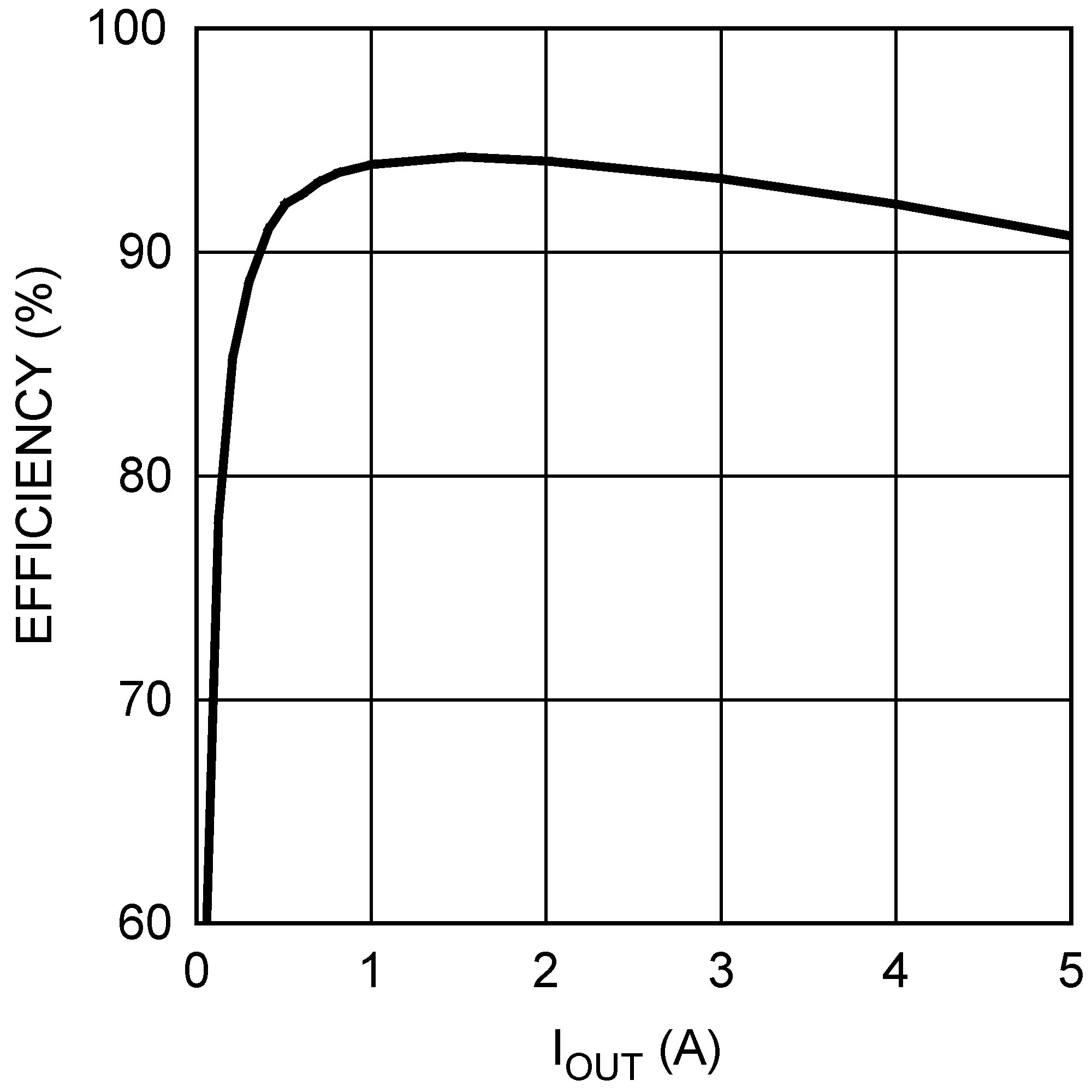
| VIN = 5 V | VOUT = 3.3 V | FSW = 500 kHz |
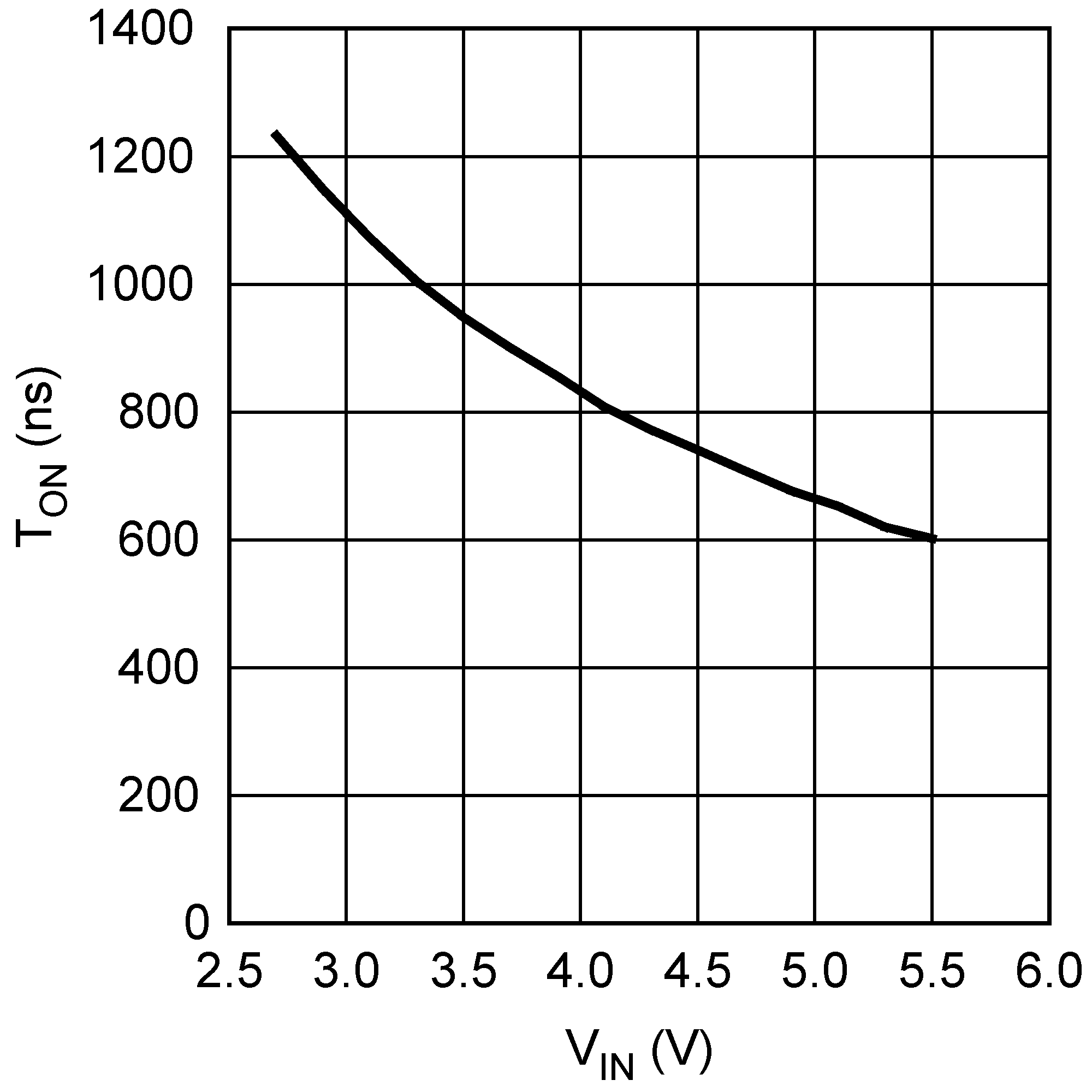 Figure 2. TON vs VIN (LM1771T)
Figure 2. TON vs VIN (LM1771T)
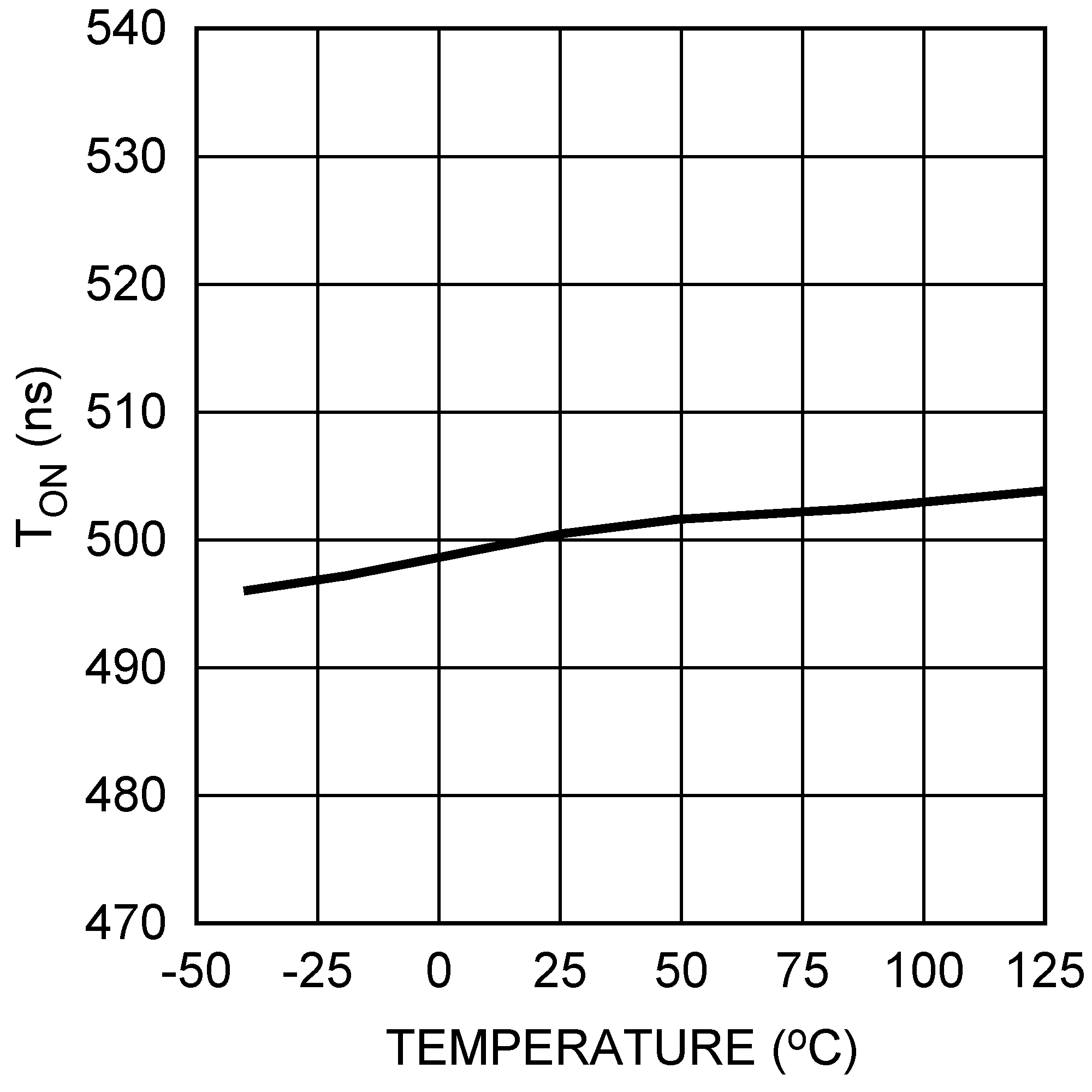 Figure 4. TON vs Temperature (LM1771S)
Figure 4. TON vs Temperature (LM1771S)
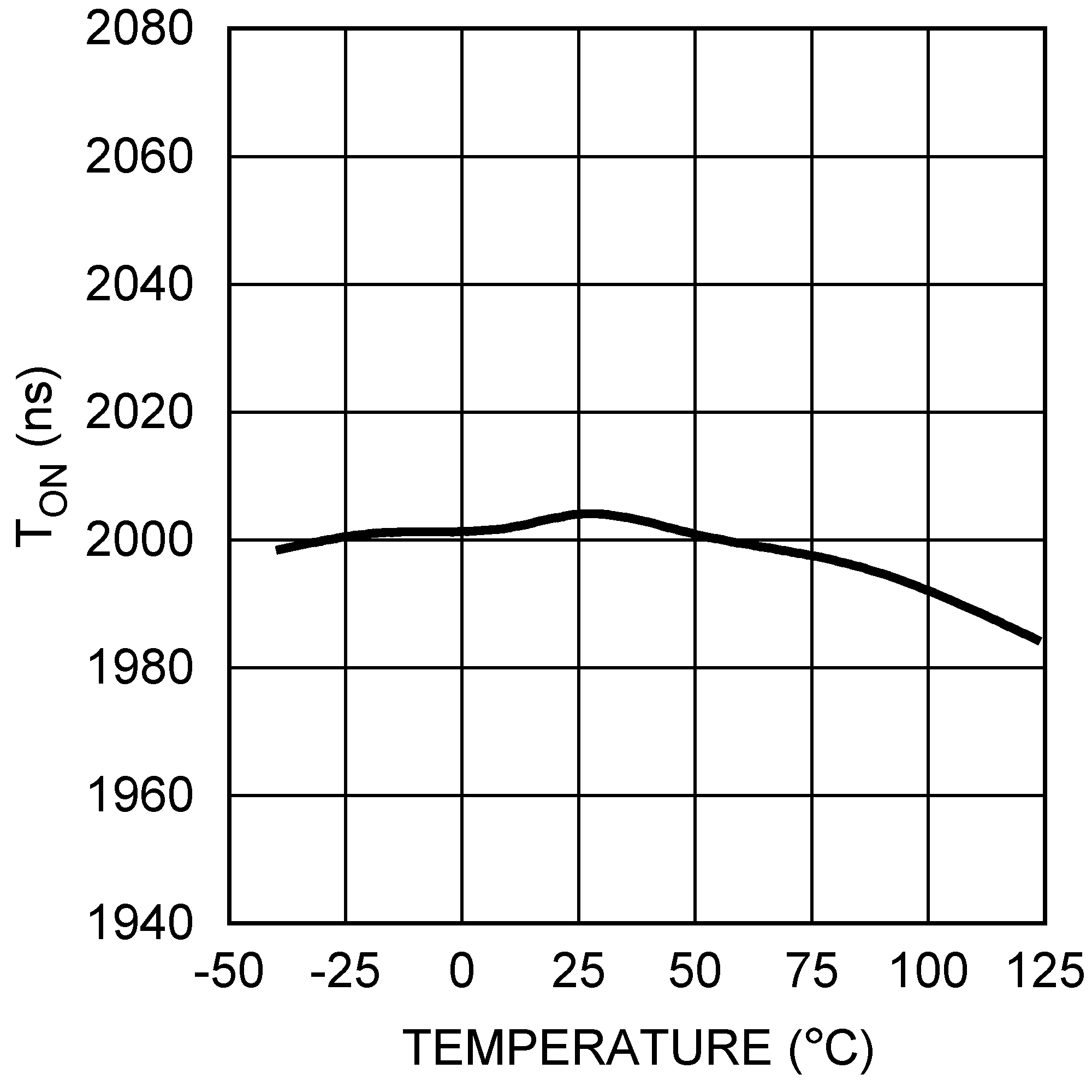 Figure 6. TON vs Temperature (LM1771U)
Figure 6. TON vs Temperature (LM1771U)
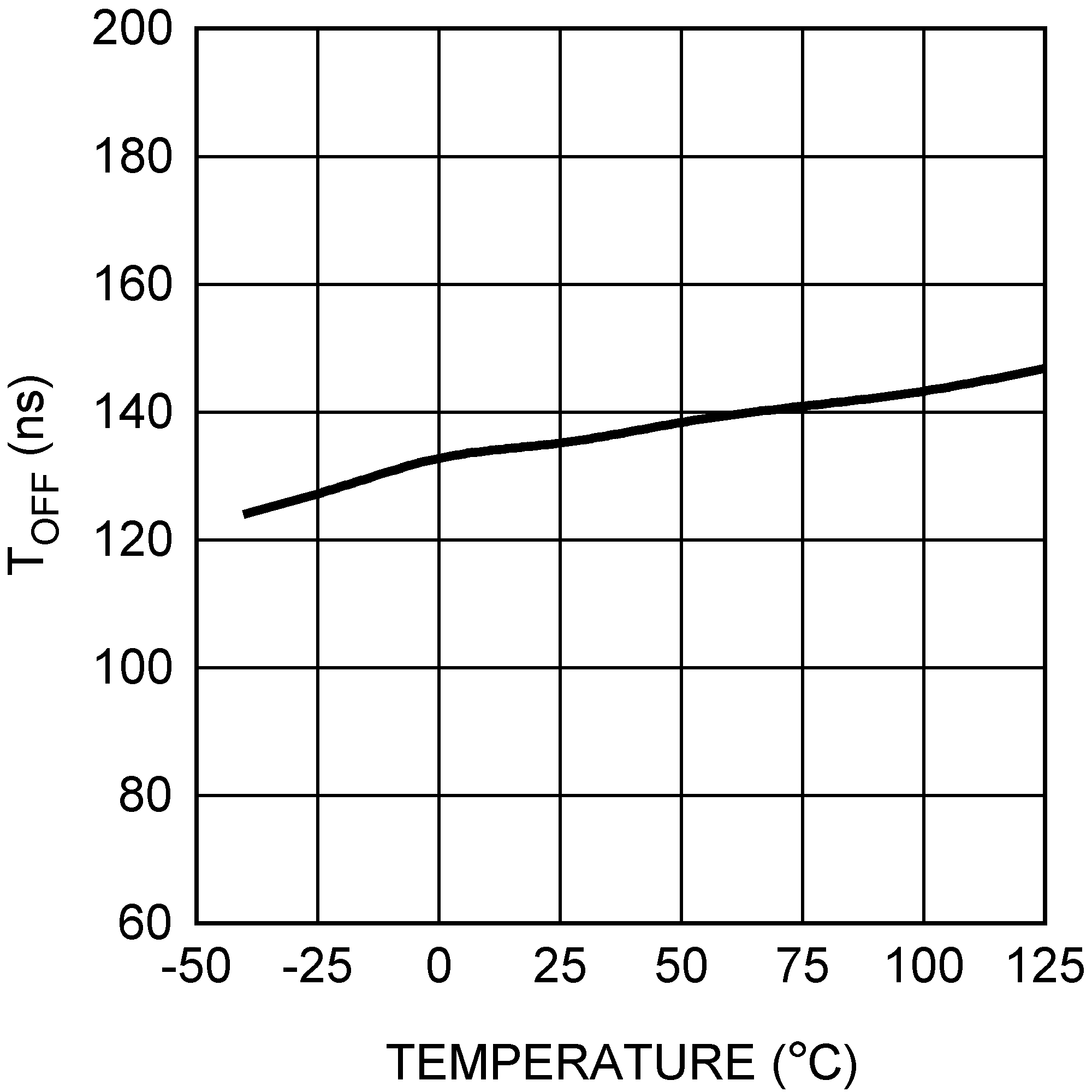 Figure 8. TOFF vs Temperature (LM1771T)
Figure 8. TOFF vs Temperature (LM1771T)
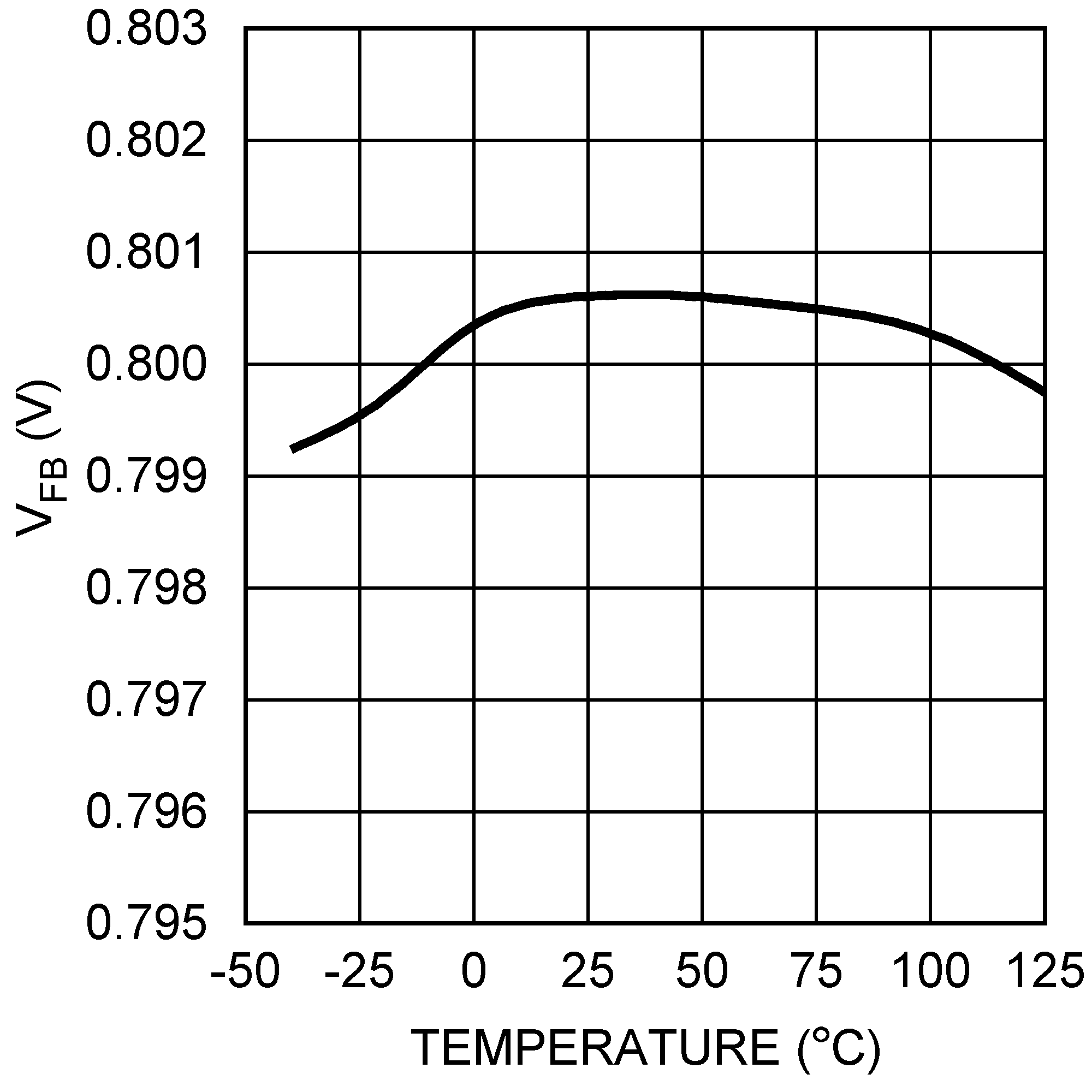 Figure 10. Feedback Voltage vs Temperature
Figure 10. Feedback Voltage vs Temperature
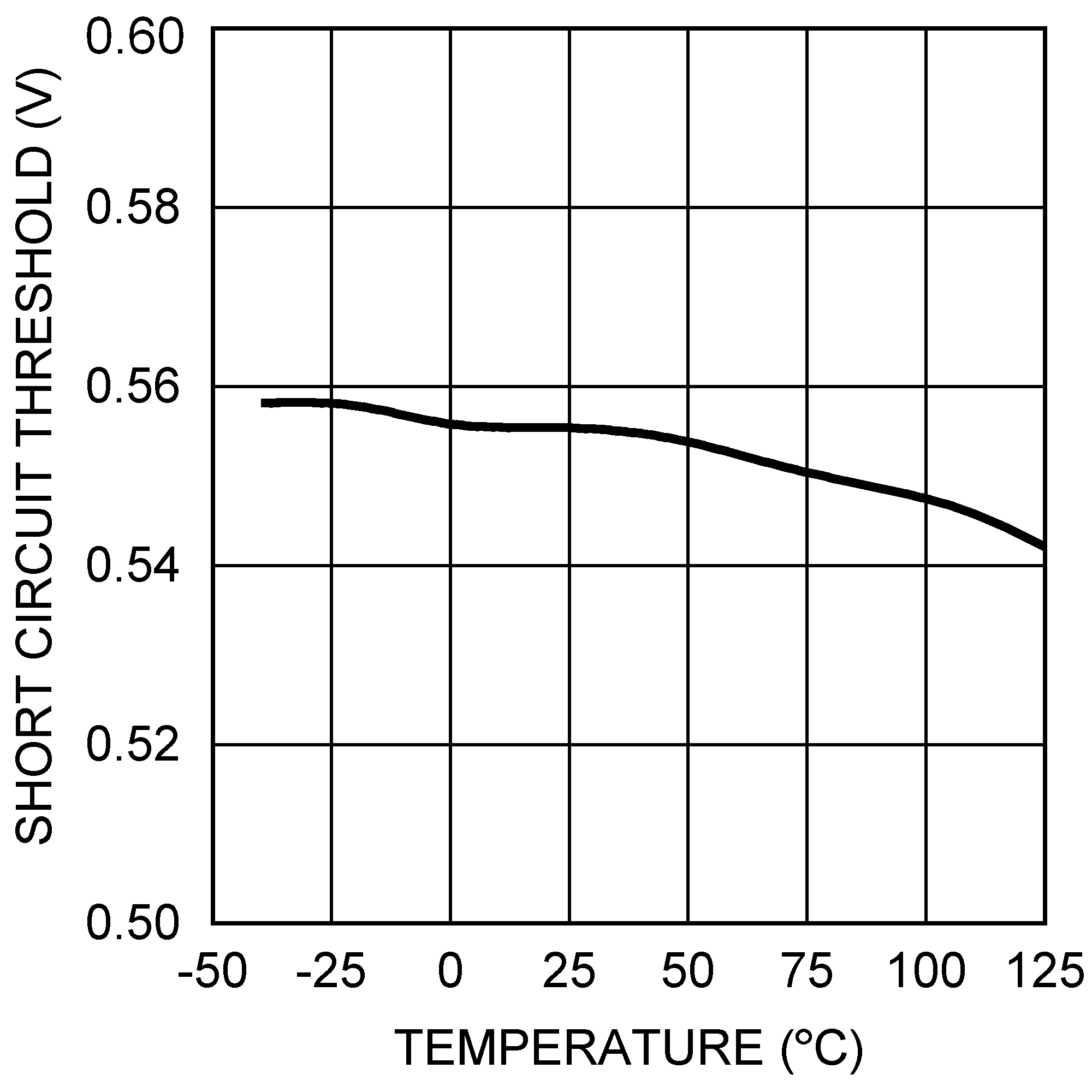 Figure 12. Short-Circuit Threshold vs Temperature
Figure 12. Short-Circuit Threshold vs Temperature
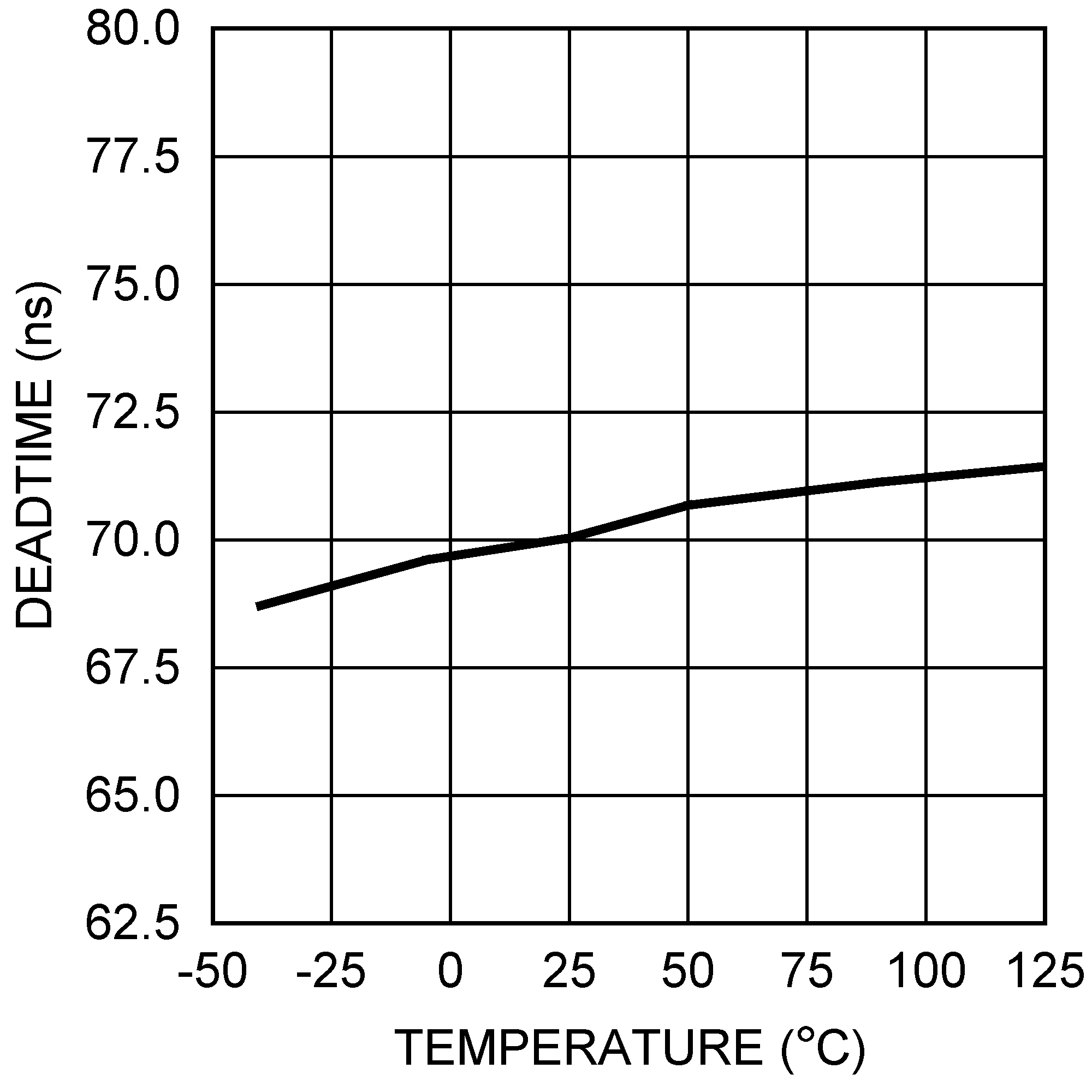 Figure 14. Dead-Time vs Temperature
Figure 14. Dead-Time vs Temperature
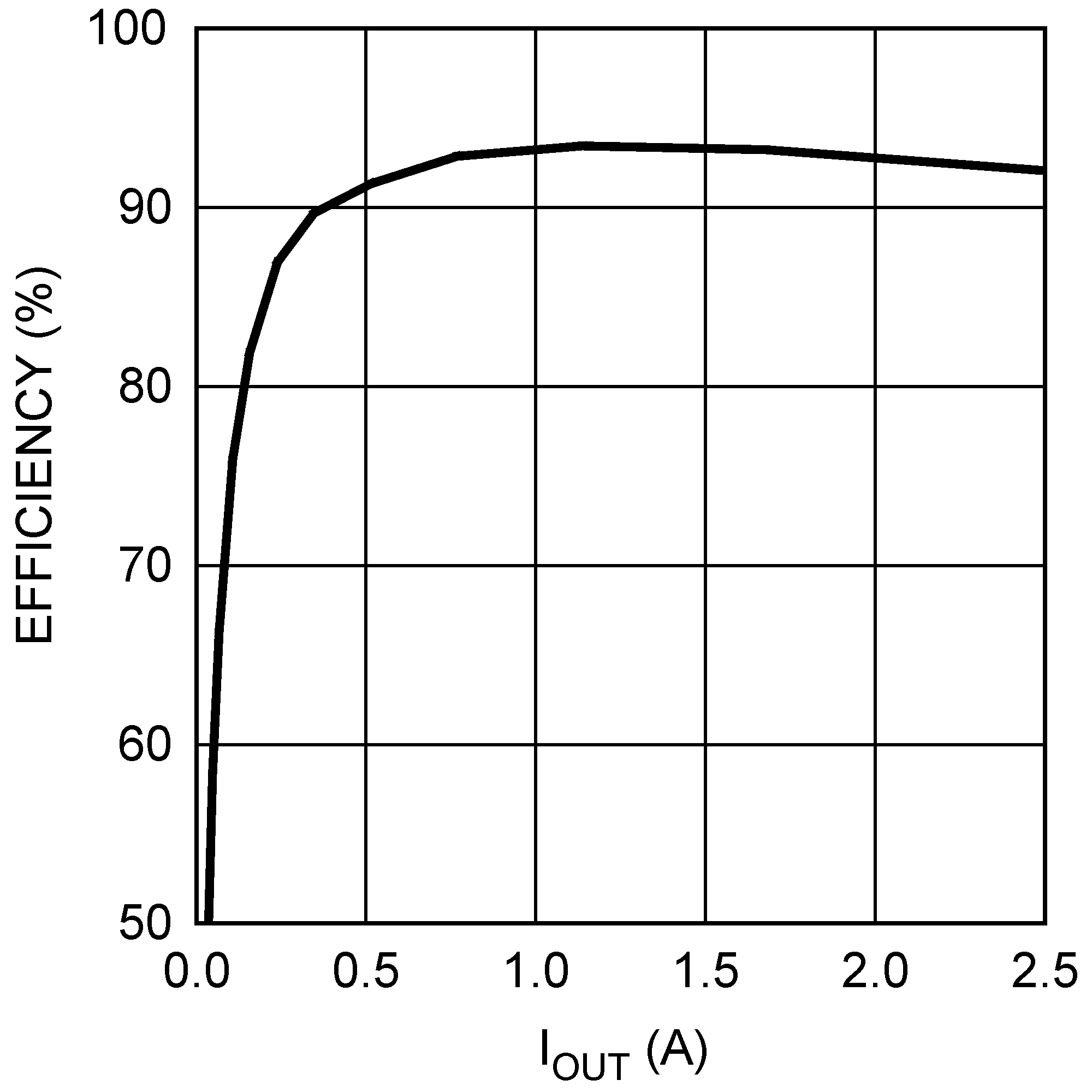
| VIN = 5 V | VOUT = 2.5 V | FSW = 379 kHz |
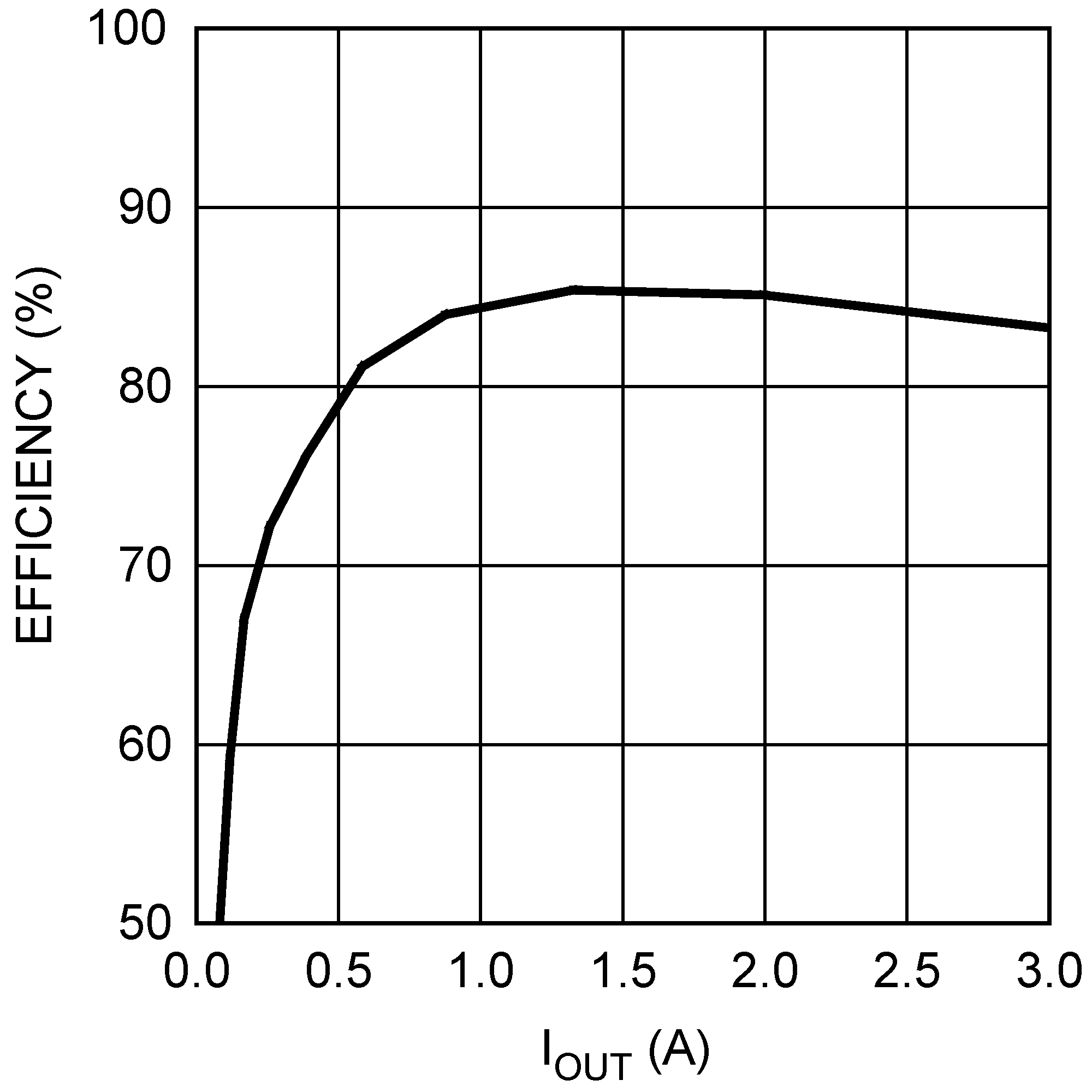
| VIN = 5 V | VOUT = 1.2 V | FSW = 727 kHz |